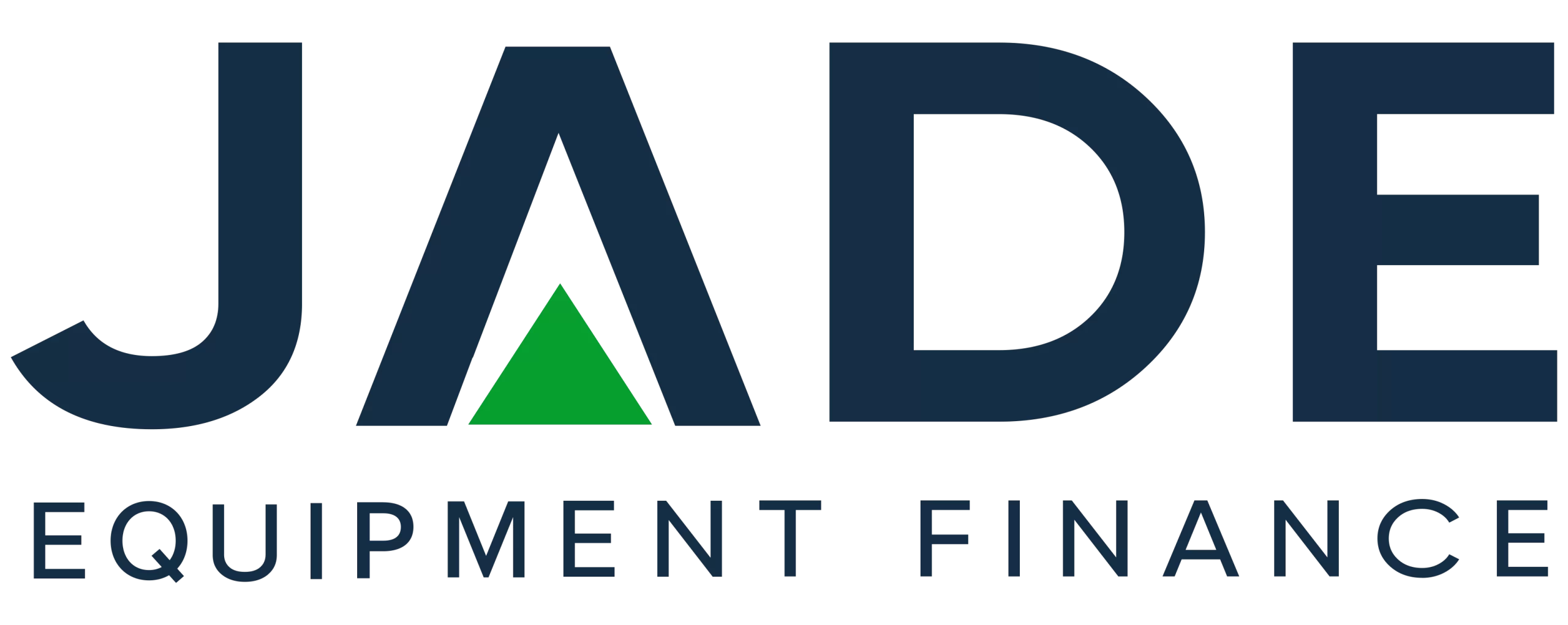One measure announced in the Federal Budget which is raising a lot of interest by many business owners is Loss Carry Back. Not surprising that it should attract attention as it is not a commonly used measure or one which is completely understood. There was a loss carry back measure introduced in 2012/13 but it was short-lived and capped.
At Jade Equipment Finance we fully appreciate that not every business owner is or wants to be an accounting specialist. But we also understand that most do want to be across all the options available to them to improve their bottom line.
With that objective in mind, we provide as simple as a possible explainer of loss carry back with our input on how it may benefit your equipment finance deals.
Loss Carry Back: Explainer
‘Loss’ relates to losses made by a business in a tax year. Loss carry-back is a form of realising a refund on business losses against profits made in earlier years. Subject to ATO rulings, under normal business accounting tax rulings, a business can claim losses made in a tax year against profits made in future years. That is, losses are usually carried forward. So if you make a loss this year and a profit next year, you can claim the losses against the profit to reduce taxable income. This may mean a refund of the whole or in part of the tax value of the loss.
The loss carry-back regime announced in 2020/21 Federal Budget is aimed at supporting businesses by encouraging new investment. Your business must meet the eligibility criteria which is a turnover of under $5 billion for the relevant period.
We referred to the ATO for specific details of this regime. The ATO advises that businesses that have paid income taxes in 2018/19, 2019/20 and 2020/21 can carry back losses made in 2019/20, 2020/21 and 2021/22. That means if perhaps your business is impacted by COVID-19 or other issues and you have losses in the relevant years, instead of having to wait to claim the tax offset against years ahead when you (hopefully) make a profit, you can offset the losses against previous profits in the years as stipulated.
This allows eligible businesses to claim a refundable tax offset in the short term rather than wait for longer-term benefits. When coupled with the tax write-off benefits of IAWO and temporary full expensing, the losses made can be carried back for a cash refund on income tax. There is a limit based on liabilities and there are losses that are not eligible: capital losses, transfers between businesses in a group and others to consider.
We refer you to the ATO for specific details and no doubt, you will want to discuss all the implications and benefits for your business with your accountant. The decision as to whether a business chooses loss carry-back or to carry those losses forward needs to be made at the time the income tax return is lodged.
Impact on Equipment Acquisitions
The intention and general outcome of loss carry-back are to generate a cash refund for the business at the time the business income tax return is lodged. For some businesses that could be as early as 30 June 2021. Any measure that can generate a cash refund or a reduction in tax owed is potentially a positive impact to cash flow. The magic term when it comes to asset acquisitions. Add to that, a loss carry back may actually generate a refund that means cash back into your account, not just an accounting entry.
The measure was welcomed by many sectors as it represents a cash flow benefit to businesses that may have been facing a tax bill but now may receive a tax refund.
It can get complicated to get your head around the bigger picture but loss carry back in concert with asset investments made with IAWO or temporary full expensing can further improve the scenario. You acquire assets, depreciate the cost under IAWO which in turn creates a loss for the business which can then be claimed against profits made in the previous year which results in a tax refund. Well that’s a simplistic interpretation but hopefully one that you can follow.
Finance Impacts
So how might all this have an effect on securing finance to facilitate your asset acquisitions? Each application for equipment finance is handled on an individual basis by Jade Equipment Finance and the impacts may vary from business to business.
In general, an improvement to the business accounts may enhance the finance application and result in achieving a better interest rate. The boost to cash flow may put your business in a better position to service an equipment lease or loan.
For business seeking to take advantage of IAWO or temporary full expensing in relation to loss carry back will need to consider Chattel Mortgage for their equipment purchase. Jade Equipment Finance offers Chattel Mortgage equipment finance at cheap interest rates and with fixed repayments and loan terms.
The Federal Budget certainly presents many investment considerations for businesses. If this measure is the motivator you need to purchase new equipment, contact us to discuss a great equipment finance deal.
To Check out our low interest rates and Chattel Mortgage Finance, contact Jade Equipment Finance on 1300 000 003
DISCLAIMER: THIS ARTICLE INCLUDES DATA, SPECIFICATIONS, INFORMATION AND OTHER MATERIAL WHICH HAS BEEN ACQUIRED VIA VARIOUS SOURCES, GENERALLY AVAILABLE IN THE PUBLIC DOMAIN FROM MANUFACTURERS, GOVERNMENT ORGANISATIONS AND SUPPLIERS. NO LIABILITY IS ACCEPTED FOR ANY ERRORS IN THE PRESENTATION AND INTERPRETATION OF THIS INFORMATION. THE ARTICLE IS PROVIDED FOR GENERAL INFORMATIVE PURPOSES AND NOT AS THE SOLE BASIS FOR MAKING FINANCIAL DECISIONS. IF ADVICE ON INDIVIDUAL FINANCES IS REQUIRED, IT IS RECOMMENDED THAT READERS REFER TO A FINANCIAL ADVISOR.


